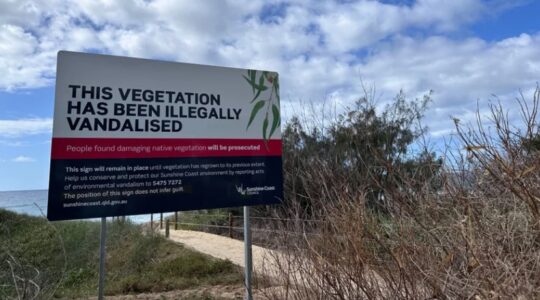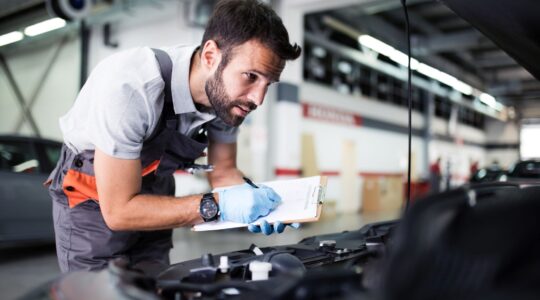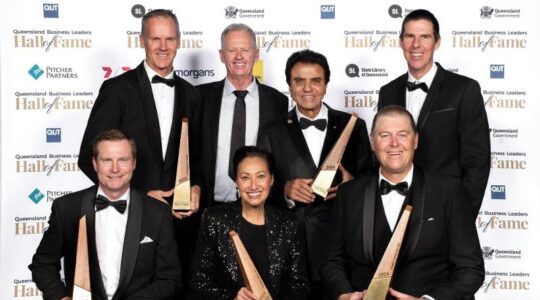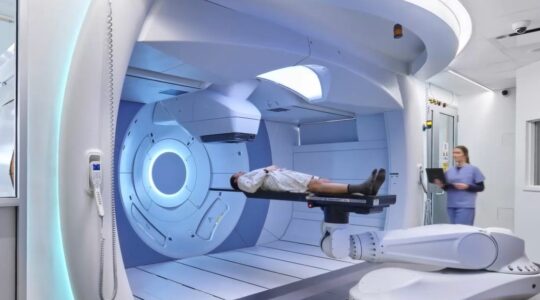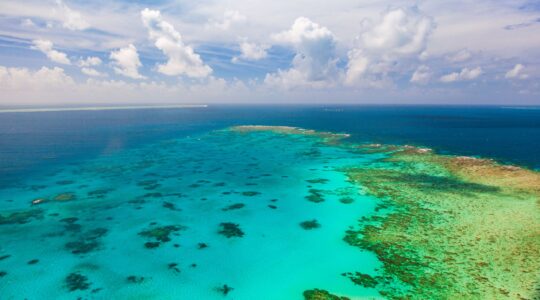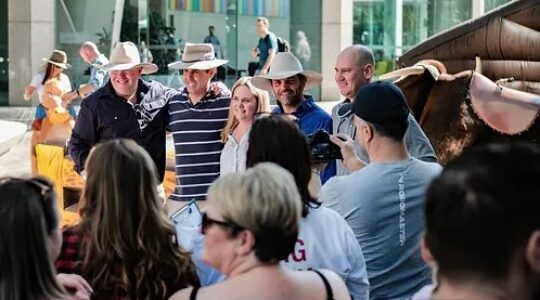Micro power grids based on renewable energy could provide the solution to the energy requirement of communities away from the main supply networks.
EDL CEO James Harman says that, with the right policy settings, remote centres and projects had the potential to run on 100 percent renewables.
He told today’s Queensland Futures Institute Policy Leaders Forum on Energy and Resources that different thinking was needed on the nature of the power grid.
Instead of the “centralised model the grid has been built on” there was a a lot of value in “islanding” communities and setting up micro-grids that could already be 75 to 80 percent renewable without relying on the central grid.
“The nirvana for remote energy is we can get to about 90 percent renewable through solar, wind battery and some thermal backup,” Mr Harman said.
“We’ve looked at hydrogen for the last 10 percent and it’s not economical. What we can do instead for that last 10 percent is renewable gas if there is a renewable gas source nearby or we can transport it to the mine site.”
This would require a policy change by the Queensland government to make renewable fuel available.
EDL is a global producer of sustainable distributed energy with power stations in Australia, North America and Europe.
Mr Harman also commented on the extensive use of renewable gas in Europe and the US thanks to strong policy support. For example, 70 percent of the gas used in the US transport sector is renewable gas. In Australia that figure is zero percent.
Australia needed to learn from practices in the US and Europe to use every option available for energy transition, such as off-grid options like micro-grids, and also renewable gas.
“This transition is difficult,” he said. “The whole world is finding it difficult (but) it is underway and there’s no turning back.
“We need to use every tool in the kit to make the transition. One of the tools in the kit is providing renewable energy to people who are a long way from grids.
“If you look at a map of Queensland most of the geography is away from that grid and away from the east coast.”
Powerlink CEO Paul Simshauser described the renewable energy transition as “so big and hard to get your head around”. The custodians of the grid needed to develop new ways to transport energy through “space and time”.
Professor Simshauser said by 2030 Queensland would need to start taking coal-fired generators offline because for several months of the year there would be so much solar going onto the grid that there would be nowhere for the coal-produced energy to go.
There was an enhanced need to use large power storage options. Currently stored hydro looked like the best option to fill the future coal gap but Powerlink hoped that other options would emerge in coming years.
“With high levels of renewables, if you don’t have storage, you are in trouble,” Professor Simshauser told the QFI forum.
“One of the complexities we’ve got is that we need to be making some decisions right now. It would be great if we had a decade to just sit back and see whether there are any technologies that will run down the cost curve.
“It’s notoriously hard to pick those winners.
“Where we are at the moment is that we’re going to have to go out and get a bunch of long-duration storage to basically get us through.”

